How to Charge a Positive Ground Battery – Here’s How!
To charge a positive ground battery, connect the negative clamp to the battery’s negative terminal and the positive clamp to a grounded metal part of the vehicle’s frame. Use a compatible charger and monitor the voltage.
Stop charging when the battery reaches 12.6-12.8 volts. Ensure safety by wearing protective gear and working in a dry, ventilated space.
Understanding Positive Ground Systems:
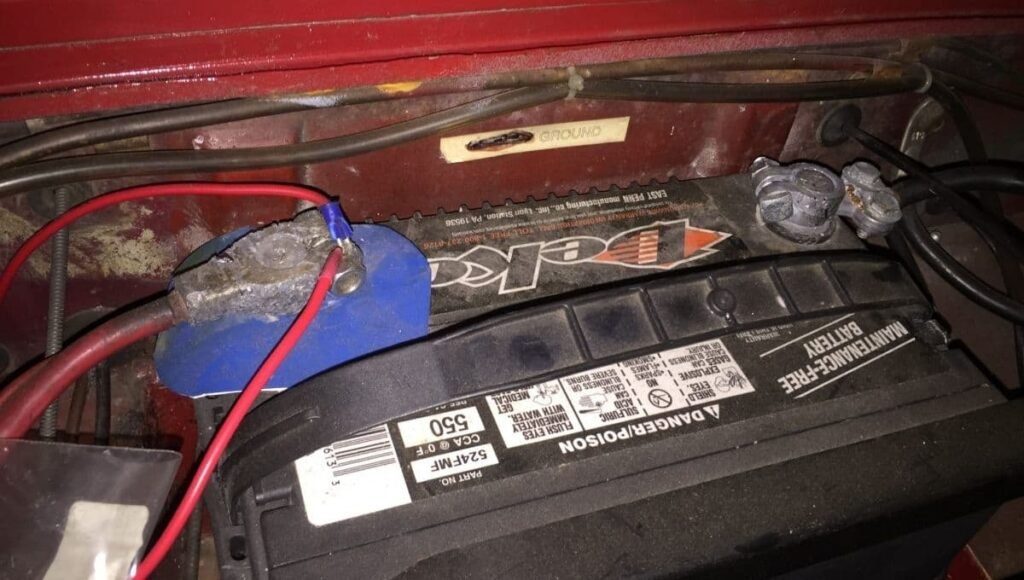
What is a Positive Ground Battery?
A positive ground battery is an electrical system where the positive terminal of the battery is connected to the vehicle’s chassis or ground, while the negative terminal powers the electrical components.
This contrasts with most modern vehicles, which use negative ground systems. Positive ground systems were once common in older cars, trucks, and machinery due to their believed benefits in reducing corrosion.
Understanding this type of battery is essential for proper handling and maintenance, especially since it’s often found in vintage vehicles and specialized equipment.
The Differences Between Positive and Negative Ground Systems:
The primary difference between positive and negative ground systems lies in how the electrical current flows. In a positive ground system, current flows from the positive terminal to the negative, which is the reverse of a negative ground system.
This reversed polarity affects everything from how you connect the battery to how you charge it. Using the wrong method could lead to damaging sensitive electrical components.
Moreover, many electrical systems in positive ground vehicles are specifically designed to operate under this configuration, making knowledge of the distinctions vital for safe operation and charging.
Common Applications of Positive Ground Batteries:
Positive ground batteries are often found in classic cars, agricultural equipment, and older military vehicles. In the early 20th century, manufacturers like Ford and British automotive brands frequently employed positive ground systems.
These systems were believed to reduce the galvanic corrosion that could occur between dissimilar metals in contact.
Despite their rarity today, enthusiasts of vintage automobiles, as well as owners of legacy machinery, still encounter and maintain positive ground batteries regularly.
read also: What Gauge Wire to Connect 12V Batteries in Parallel – Complete Guide!
Safety First: Precautions Before Charging a Positive Ground Battery
Essential Tools and Equipment Needed:
Before charging a positive ground battery, gather the necessary tools and equipment to ensure both safety and efficiency.
You’ll need a compatible battery charger that supports positive ground systems, protective gloves, safety goggles, and a well-ventilated workspace.
It’s crucial to ensure the charger is rated for the voltage of your battery. Additionally, a multimeter can be useful for checking battery voltage before and after charging. Having the right tools on hand can prevent accidents and ensure a smooth charging process.
Key Safety Precautions for Handling Positive Ground Batteries:
When dealing with any battery, safety is paramount, but charging a positive ground battery requires extra care. Always wear protective gear to avoid exposure to corrosive battery acid or potential electrical shocks.
Ensure the battery charger is disconnected from the power source before attaching it to the battery. Work in a dry environment, as moisture can increase the risk of short circuits or electrical fires.
Never charge a damaged or leaking battery, as this could result in hazardous conditions such as explosions or toxic fumes.
Identifying Proper Charging Connections:
One of the most critical steps in charging a positive ground battery is correctly identifying and connecting the charger to the terminals.
In positive ground systems, the positive terminal is connected to the vehicle’s chassis, while the negative terminal connects to the electrical components.
When attaching the charger, the negative clamp should be connected to the negative battery terminal, and the positive clamp should be attached to a grounded part of the vehicle’s frame. Misconnecting the clamps can lead to electrical shorts or damage to the battery.
Step-by-Step Guide: How to Charge a Positive Ground Battery Safely
Preparing Your Battery for Charging: Inspection and Maintenance
Before charging, inspect the battery for any visible signs of damage, such as cracks, leaks, or corroded terminals.
Clean the battery terminals with a wire brush to remove any corrosion, ensuring better conductivity. Check the battery’s fluid levels if it’s a lead-acid battery, and top up with distilled water if necessary. This simple maintenance step can greatly enhance the efficiency and longevity of your battery.
Connecting the Charger to a Positive Ground Battery:
With the battery prepared, it’s time to connect the charger. Ensure the charger is unplugged, then connect the negative clamp to the battery’s negative terminal.
Attach the positive clamp to a grounded metal part of the vehicle’s frame, away from the battery itself to minimize the risk of sparks.
Once securely connected, plug in the charger and set it to the appropriate voltage and amperage based on the battery’s specifications.
Monitoring the Charging Process: How to Know When It’s Done
While the battery charges, monitor the process closely to ensure it doesn’t overcharge or overheat. Most modern chargers have indicators or automatic shut-off features that stop charging once the battery reaches full capacity.
If your charger lacks this feature, check the battery’s voltage periodically with a multimeter. Charging should stop when the voltage reaches the recommended level, typically between 12.6 and 12.8 volts for a fully charged 12-volt battery.
Common Mistakes to Avoid When Charging a Positive Ground Battery:
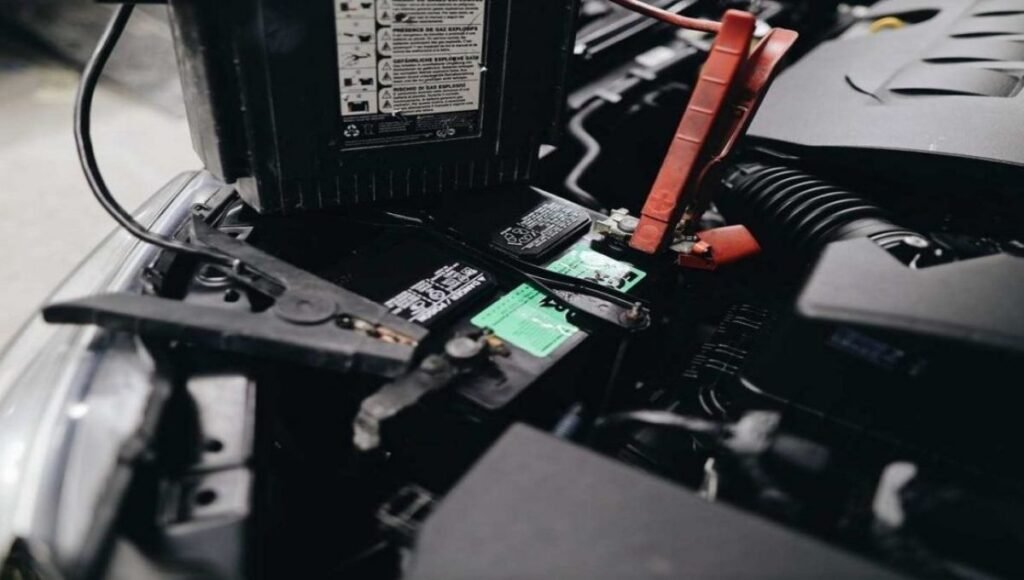
Incorrect Charger Connections: What to Look Out For
One of the most common errors is connecting the charger incorrectly. Attaching the positive clamp to the positive terminal instead of the ground can cause a short circuit, potentially damaging the charger and battery.
Always double-check your connections before powering on the charger. Incorrect connections can also cause the battery to discharge instead of charge, leading to confusion and frustration.
Overcharging Risks: How to Prevent Battery Damage
Overcharging a positive ground battery can lead to excessive heat buildup, causing the battery to swell or even leak acid.
To prevent this, use a charger with an automatic shut-off feature or closely monitor the voltage levels with a multimeter. If the battery becomes excessively hot during charging, disconnect the charger immediately to avoid permanent damage.
Misunderstanding Positive Ground Polarity:
A common mistake when working with positive ground systems is misunderstanding the polarity of the connections.
Positive ground systems are less common, so it’s easy to accidentally treat them as negative ground setups. Make sure to review your vehicle’s manual or wiring diagram to confirm the correct configuration before charging or performing any electrical work.
read also: When a Car Battery Tests Good but Still Fails – A Common Reason!
Troubleshooting Issues with Positive Ground Batteries:
What to Do if the Battery Doesn’t Charge:
If the battery fails to charge, the problem could stem from various factors, including corroded terminals, a malfunctioning charger, or a dead battery.
Begin by inspecting the charger’s connections and ensuring they are properly attached. Next, use a multimeter to check the battery’s voltage; if it remains low despite charging, the battery may need replacement.
Detecting and Fixing Common Electrical Faults:
Positive ground systems, particularly in older vehicles, are susceptible to electrical faults such as short circuits or grounding issues.
If your battery struggles to hold a charge, check for loose or corroded wiring. Inspect the grounding connections to ensure they are secure and free of corrosion. Resolving these faults can restore proper battery function.
Understanding Battery Health: When to Replace Instead of Charge
If your positive ground battery frequently requires charging or doesn’t hold a charge, it may be nearing the end of its life.
Lead-acid batteries typically last between 3 to 5 years. If the battery voltage remains low even after charging, or if it shows signs of physical deterioration, replacement is likely the best course of action.
Maintaining a Positive Ground Battery for Long-Term Use:
Regular Battery Maintenance Tips:
To prolong the life of a positive ground battery, regular maintenance is essential. Clean the terminals periodically to prevent corrosion and check the battery’s fluid levels if applicable.
Avoid deep discharges, which can significantly shorten the battery’s lifespan, and consider using a trickle charger if the vehicle is not used regularly.
Best Practices for Storing Positive Ground Batteries:
When storing a positive ground battery for extended periods, ensure it is fully charged beforehand. Disconnect the battery from the vehicle and store it in a cool, dry place away from direct sunlight or extreme temperatures. Periodically check the battery’s charge level during storage and top it up with a trickle charger as needed.
Extending the Life of Your Positive Ground System:
Routine inspections of your vehicle’s electrical system can help prevent battery-related issues. Ensure that all ground connections are secure and that the alternator is functioning correctly. Keeping the system well-maintained not only extends battery life but also prevents unexpected breakdowns.
Advanced Techniques for Charging and Caring for Positive Ground Batteries:
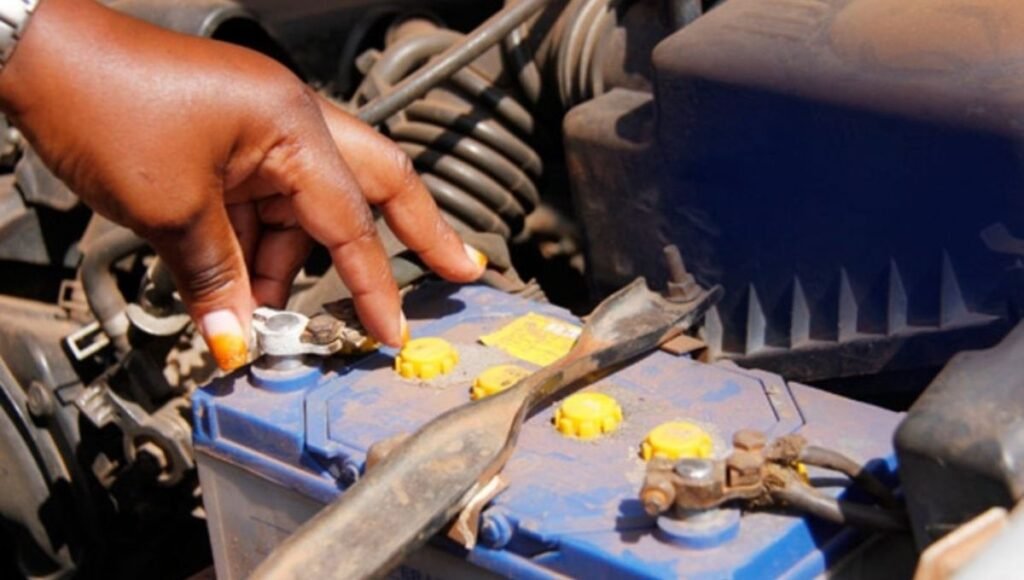
Using Modern Chargers on Older Positive Ground Systems:
Many modern chargers are designed for negative ground systems, but some can be adapted for positive ground applications.
Look for chargers with polarity protection features or adjustable settings to accommodate the unique needs of positive ground batteries. Always consult the charger’s manual or a professional before use.
Charging Multiple Positive Ground Batteries in Series or Parallel:
In applications where multiple positive ground batteries are used, understanding the correct method of charging them in series or parallel is essential.
Charging batteries in series increases the voltage, while parallel charging increases the capacity. Ensuring proper connection is vital to avoid imbalances or electrical faults that could damage the batteries.
Upgrading Your Electrical System: When to Consider Switching to Negative Ground
For those maintaining vintage vehicles, upgrading from a positive to a negative ground system may offer modern convenience.
Many modern electrical components are designed for negative ground systems, and converting can simplify maintenance and repairs. However, this process requires careful planning and should be done with a thorough understanding of your vehicle’s electrical architecture.
read also: Why the Battery Light Stays On When Ignition Is Off in Silverado – Here’s Why!
FAQ’s
1. What is a positive ground battery?
A positive ground battery is a system where the positive terminal is connected to the vehicle’s chassis, and the negative terminal powers the electrical components.
2. How do I safely charge a positive ground battery?
Ensure the correct connection by attaching the negative clamp to the battery’s negative terminal and the positive clamp to the chassis, then use a charger compatible with positive ground systems.
3. What tools are needed to charge a positive ground battery?
You need a compatible charger, protective gloves, safety goggles, and a multimeter to monitor voltage.
4. What are common mistakes when charging a positive ground battery?
Common mistakes include connecting the charger clamps incorrectly, overcharging the battery, and misunderstanding the positive ground polarity.
5. How do I know when the positive ground battery is fully charged?
Monitor the battery voltage with a multimeter. The charging process should stop when the battery reaches between 12.6 to 12.8 volts for a fully charged 12-volt battery.
Conclusion:
Charging a positive ground battery requires understanding its unique characteristics and following specific safety precautions. With the right tools, knowledge, and care, maintaining a positive ground system can be a straightforward task. Proper charging, regular maintenance, and troubleshooting can help extend the life of your battery and ensure smooth vehicle operation for years to come.
Read Also:
How a Car Battery Can Affect Your Immobilizer System – Fix Issues Fast!
Car Alarm Goes Off When Charging Battery – Common Causes!
Does Leaving USB Plugged in Car Drain Battery – Here’s the Answer!
Can I Run 2 Amps Off a Single Car Battery – The Truth Revealed!
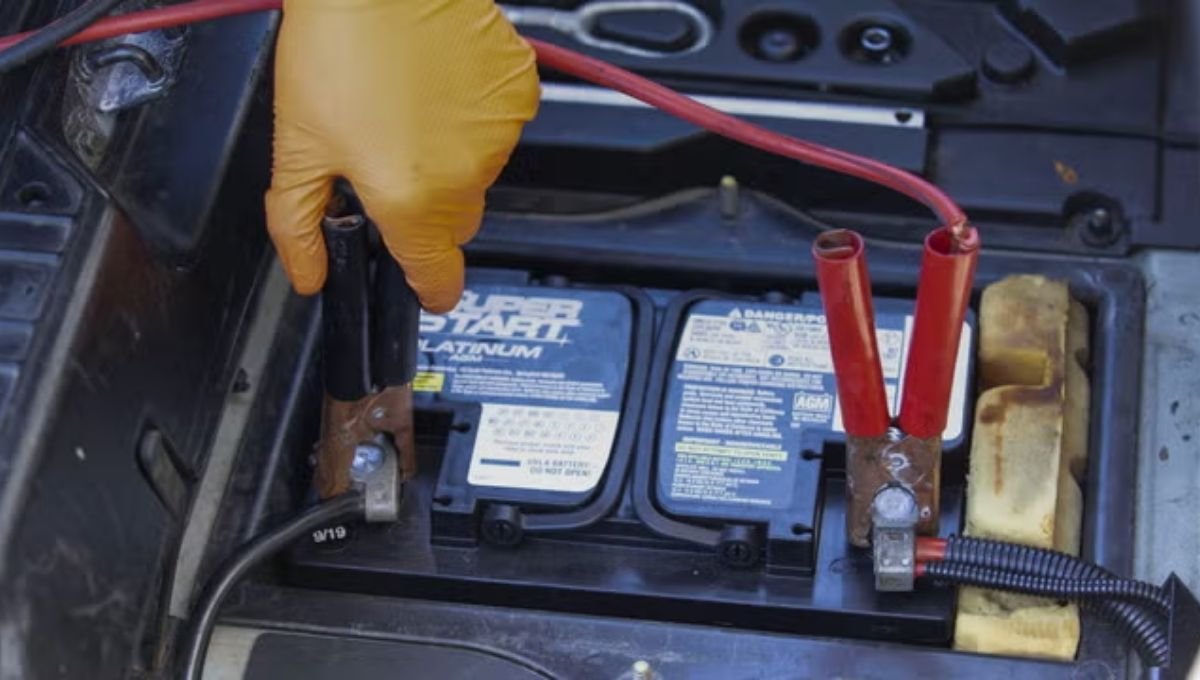
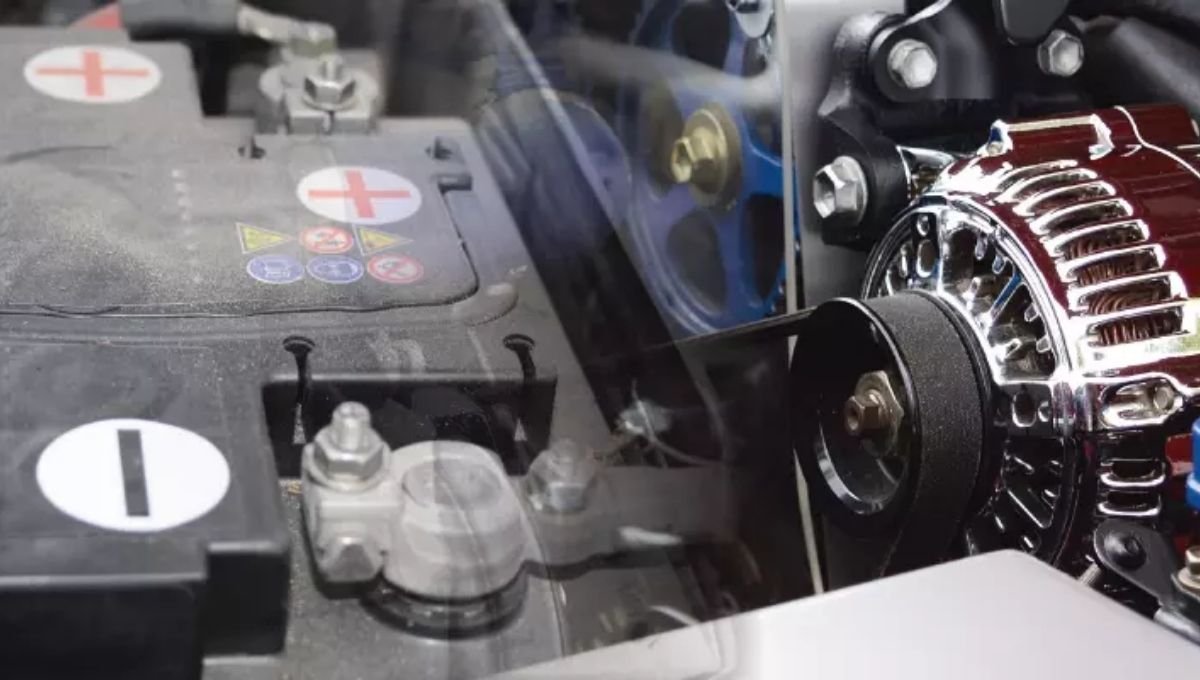

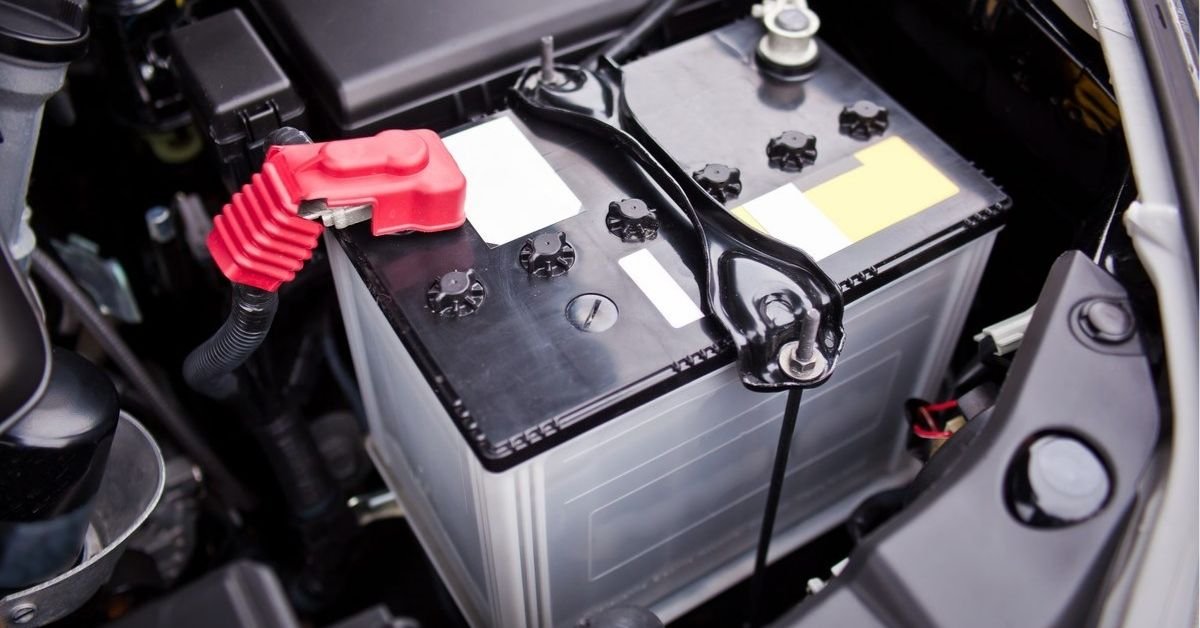

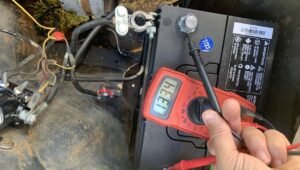








Post Comment